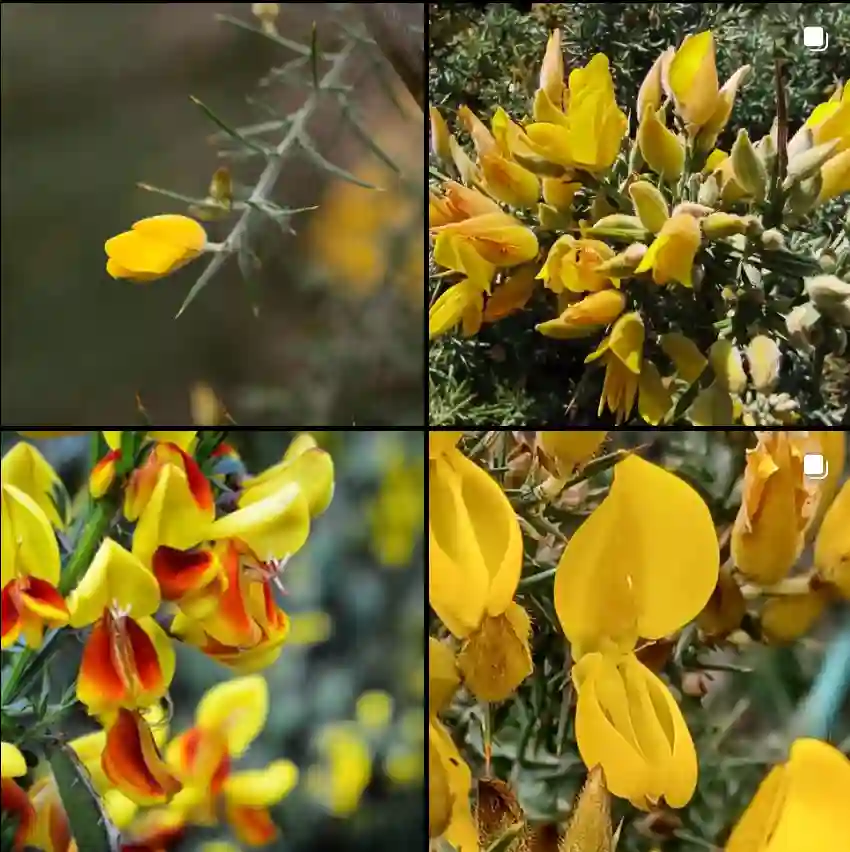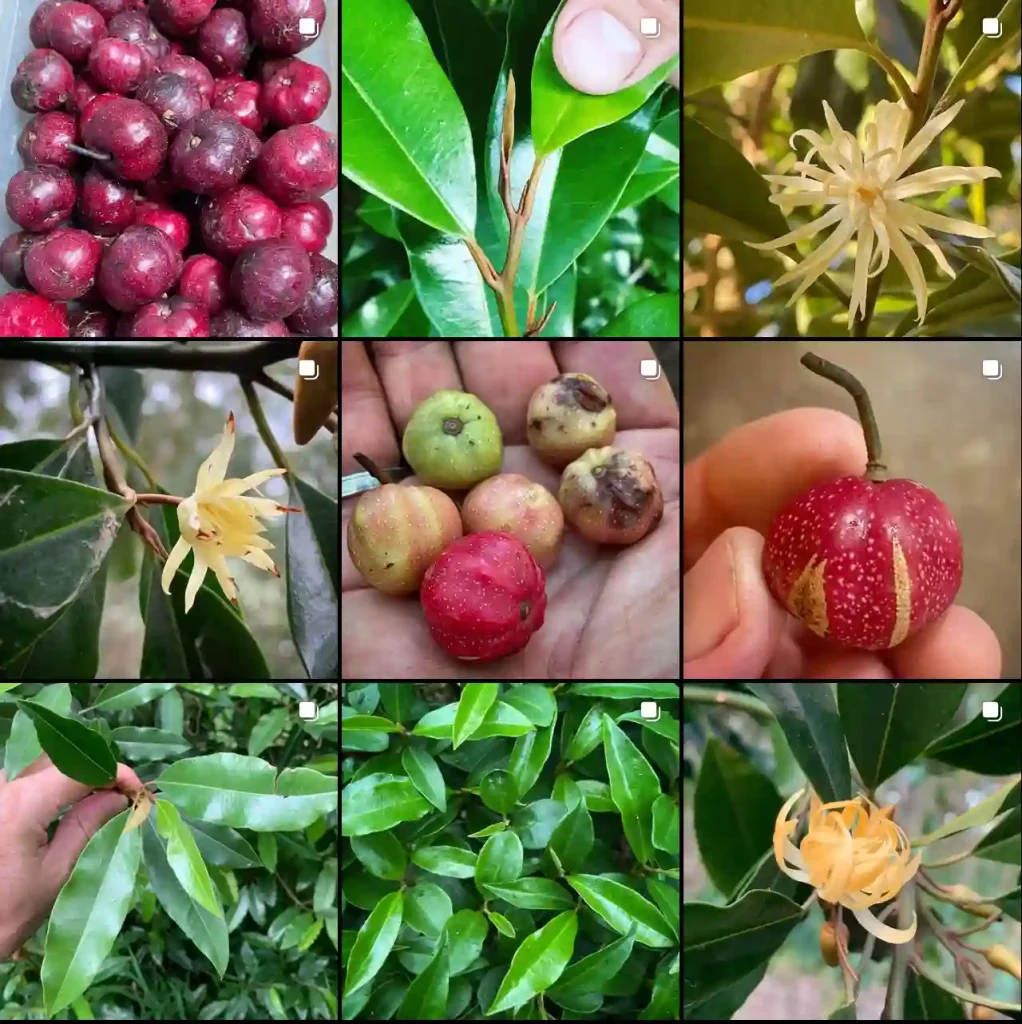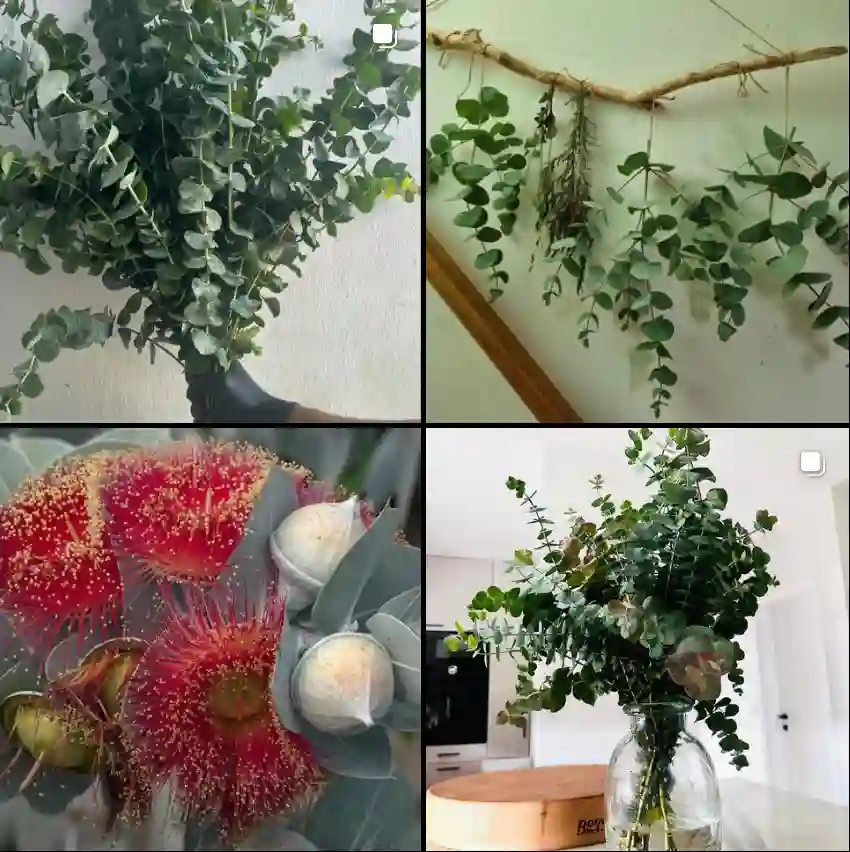All About Coccoloba Uvifera: Your Guide to the Seagrape
Hi, I’m Ferb Vu, and I’m here to answer all your questions about the fascinating Coccoloba uvifera, also known as the seagrape. This tropical beauty is a mainstay on beaches throughout the Caribbean and parts of Florida, captivating with its lush foliage and unique fruits.
Whether you’re a curious beachcomber or a landscaping enthusiast, this FAQ will unveil the secrets of the seagrape.
179 Species in Genus Coccoloba
What is Coccoloba Uvifera?
Coccoloba uvifera is a flowering tree or shrub belonging to the buckwheat family, Polygonaceae. It thrives in coastal environments, withstanding salty winds and sandy soil. Imagine sprawling branches adorned with large, glossy leaves, creating a natural canopy on the beach. That’s the seagrape in all its glory.
Where Does Coccoloba Uvifera Grow?
Native to the tropical regions of the Americas and the Caribbean, the seagrape flourishes in warm climates. You’ll find it gracing the shorelines of southern Florida, the Bahamas, the Antilles, and Bermuda.
These resilient plants thrive in sandy soil with good drainage, making them perfectly suited for their coastal habitat. Their tolerance for salt spray makes them true survivors in the harsh beachfront environment.
Seagrape vs. Grape: Are They Related?
Despite the presence of “grape” in its name, the seagrape is not related to the common table grape (Vitis vinifera). They belong to entirely different plant families. The seagrape’s association with “grape” stems from the resemblance of its fruit clusters to those of grapes.
However, the seagrape’s fruit is not quite as juicy or sweet as its namesake. While edible, it has a tart flavor and is often used for jams and jellies.
What Does Coccoloba Uvifera Look Like?
The seagrape boasts some impressive features:
- Leaves: Large, almost circular, and leathery, the leaves are a vibrant green with prominent red veins. New growth emerges in a beautiful bronze hue, adding another layer of visual interest.
- Flowers: Small and greenish-white, the flowers are not particularly showy but play a crucial role in fruit production.
- Fruit: The seagrape’s signature fruit is a cluster of small, purple-red berries. These are not your typical grapes – they have a tough skin and a large seed in the center.
- Growth Habit: Depending on its location, the seagrape can take the form of a sprawling shrub or a small- to medium-sized tree. In coastal areas with strong winds, it tends to grow lower and bushier.
What are the Uses of Coccoloba Uvifera?
The seagrape offers a variety of benefits:
- Ornamental Plant: With its beautiful foliage and interesting fruits, the seagrape is a popular choice for landscaping in tropical regions. It adds a touch of the tropics to any garden and provides welcome shade.
- Coastal Protection: The seagrape plays a vital role in stabilizing sand dunes and preventing beach erosion. Its extensive root system helps to anchor the sand and prevent it from being washed away by wind and waves.
- Wildlife Habitat: The seagrape provides valuable shelter and food for various coastal creatures. Birds find refuge in its branches, while many animals enjoy the tart treat of its fruits.
- Food Source: While not everyone enjoys the raw fruit, the seagrape is used to make jams, jellies, and even wine in some regions.
How to Care for Coccoloba Uvifera?
If you’re considering planting a seagrape in your own tropical paradise, here are some tips:
- Climate: Ensure your climate is warm enough. Seagrapes thrive in USDA hardiness zones 10A to 11, where temperatures rarely dip below freezing.
- Sunlight: They prefer full sun but can tolerate partial shade.
- Soil: Sandy, well-drained soil is ideal.
- Watering: Once established, seagrapes are drought-tolerant. Water them regularly during their first year, then only when the soil feels dry to the touch.
- Maintenance: Prune lightly to maintain desired shape and remove dead or diseased branches.
Conclusion: The Allure of the Seagrape
The Coccoloba uvifera, or seagrape, is more than just a pretty beachside plant. It’s a testament to nature’s resilience, providing beauty, habitat, and even a taste of the tropics. So, the next time you encounter this captivating coastal dweller, appreciate its unique charm and the vital role it plays in the delicate beach ecosystem.
If i die, water my plants!



